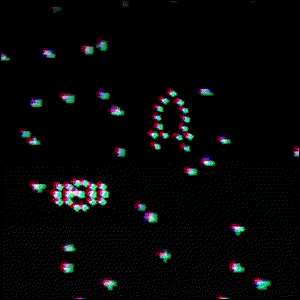 Boasting a curved, futuristic fiberglass cabinet that truly looks like an alien art object, Nutting Associates’ arcade video game Computer Space hits an amusement market dominated by pinball machines and jukeboxes. Devised by Nolan Bushnell, Computer Space is a coin-operated homage to the mainframe game Spacewar, complete with complicated controls, and fails to sell well. Bushnell later has a revelation: arcade games will need to be easy to learn (but not easy to beat) in order to catch on.
Boasting a curved, futuristic fiberglass cabinet that truly looks like an alien art object, Nutting Associates’ arcade video game Computer Space hits an amusement market dominated by pinball machines and jukeboxes. Devised by Nolan Bushnell, Computer Space is a coin-operated homage to the mainframe game Spacewar, complete with complicated controls, and fails to sell well. Bushnell later has a revelation: arcade games will need to be easy to learn (but not easy to beat) in order to catch on. ![]()
![]()

 Two recent college graduates in California install
Two recent college graduates in California install  Atari releases its first product, the arcade game
Atari releases its first product, the arcade game 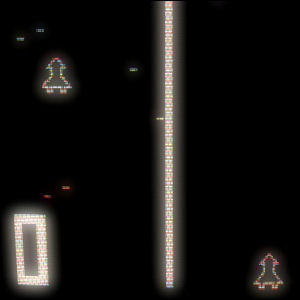 Atari releases its second arcade game: the very first video racing game,
Atari releases its second arcade game: the very first video racing game, 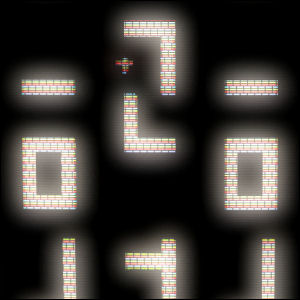 Atari releases its fourth arcade game: the very first video maze game,
Atari releases its fourth arcade game: the very first video maze game,  Atari releases
Atari releases  “Kee Games” (a shell company created by Atari founder Nolan Bushnell) introduces a new arcade game, a video war between two artillery commanders called
“Kee Games” (a shell company created by Atari founder Nolan Bushnell) introduces a new arcade game, a video war between two artillery commanders called 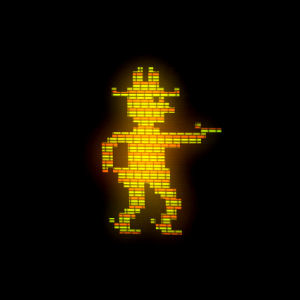 American game manufacturer Midway releases
American game manufacturer Midway releases 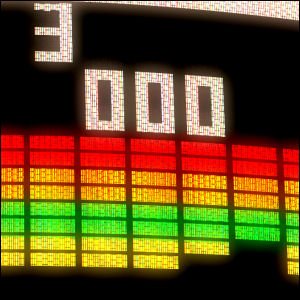 Atari introduces
Atari introduces 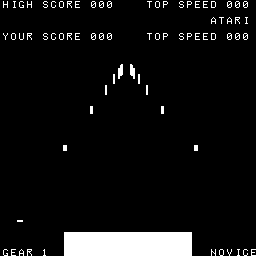 Atari introduces its first-person driving game
Atari introduces its first-person driving game  Midway introduces its own first-person car racing arcade game,
Midway introduces its own first-person car racing arcade game,  One of the very first first-person space games is introduced to arcades by Atari. Despite its flickery graphics,
One of the very first first-person space games is introduced to arcades by Atari. Despite its flickery graphics,  Atari releases
Atari releases  Sunnyvale, California-based Meadows Games releases the
Sunnyvale, California-based Meadows Games releases the  Atari releases
Atari releases 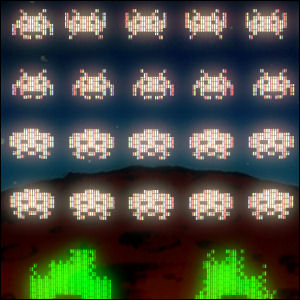 After its introduction in June in Japan,
After its introduction in June in Japan, 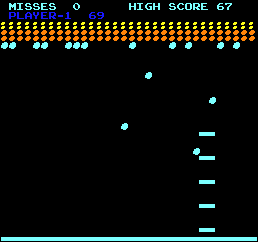 Atari releases the arcade game
Atari releases the arcade game 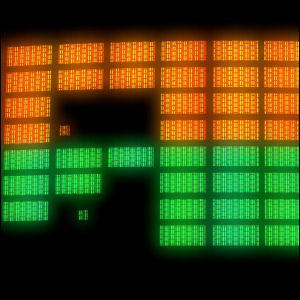 Atari releases
Atari releases 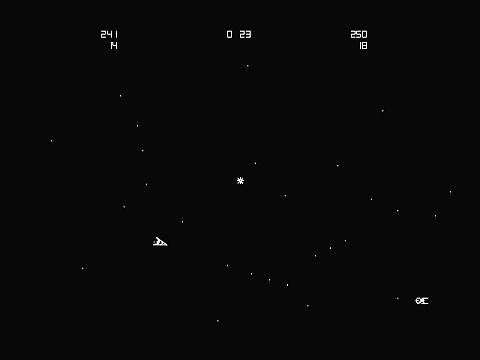 Cinematronics introduces the first vector graphics arcade game,
Cinematronics introduces the first vector graphics arcade game, 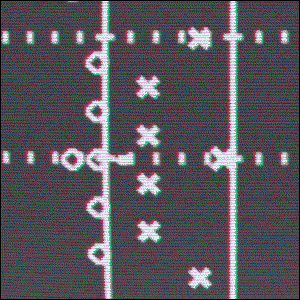 Atari releases the two-player arcade game
Atari releases the two-player arcade game 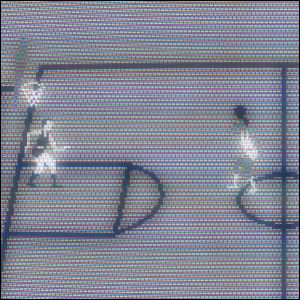 Atari releases the two-player arcade game
Atari releases the two-player arcade game  Cinematronics gives arcade players the chance to fall on their swords – or their opponent’s sword – in the first-ever head-to-head fighting video game,
Cinematronics gives arcade players the chance to fall on their swords – or their opponent’s sword – in the first-ever head-to-head fighting video game, 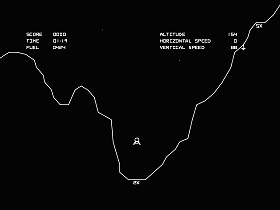 Some ten years after the real thing put men on the moon, Atari invites arcade space pilots to try their own luck at the controls of the
Some ten years after the real thing put men on the moon, Atari invites arcade space pilots to try their own luck at the controls of the 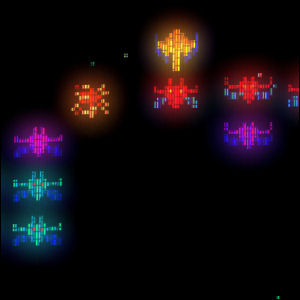 Arcade game maker Midway introduces the coin-op video game
Arcade game maker Midway introduces the coin-op video game  Atari releases
Atari releases  Atari scores a direct hit on arcades everywhere with
Atari scores a direct hit on arcades everywhere with 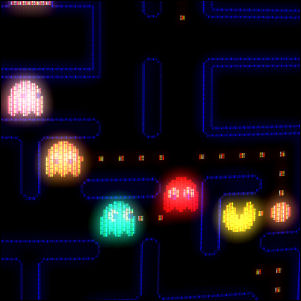 Under license from Namco, the game’s Japanese originators, Midway Manufacturing introduces the obsession that is
Under license from Namco, the game’s Japanese originators, Midway Manufacturing introduces the obsession that is  Arcade game maker Midway introduces the coin-op video game
Arcade game maker Midway introduces the coin-op video game  Sega releases
Sega releases 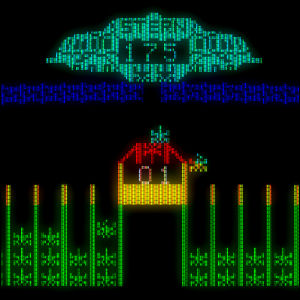 Chicago-based pinball manufacturer Stern makes one of its earliest forays into the booming video game industry with an altered version of the hit game Space Invaders, retitled
Chicago-based pinball manufacturer Stern makes one of its earliest forays into the booming video game industry with an altered version of the hit game Space Invaders, retitled